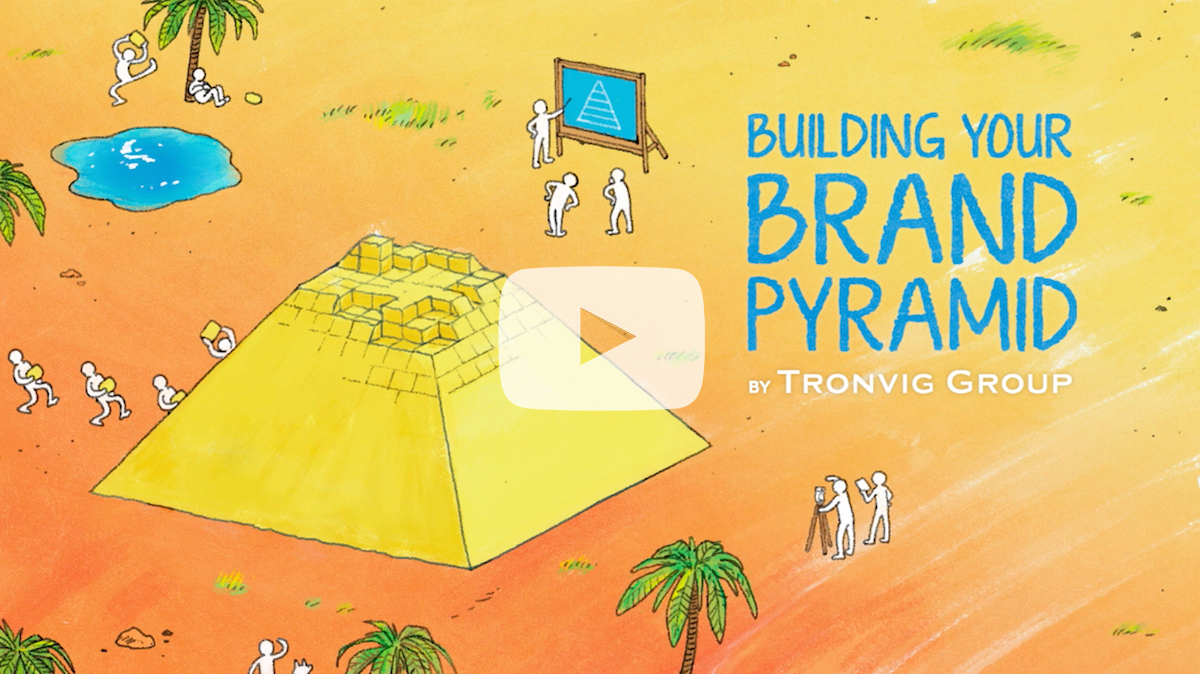“Motivation is the art of getting people to do what you want them to do because they want to do it.”
Gamification
How can museums use motivation more effectively to engage visitors and other constituents? What are the dangers and opportunities of the “gamification” trend, and what can museums do with insights obtainable from the motivational factors within games?
Successful games do a great job of leveraging motivation in service of sustained and repeated engagement. If you have ever played something like Angry Birds, you have experienced this powerful cocktail of motivations that games can ply. What can museums reasonably do to effectively harness these motivational tools for themselves? Why do many “gamification” schemes frequently NOT lead to satisfactory outcomes?
“Gamification” does represent an opportunity, but it suffers also from some very serious pitfalls. The issue may be the kinds of motivation tools used.

Extrinsic Motivation
Extrinsic motivation includes any drivers of behavior that are applied or sought outside of the activity itself. Classic examples include rewards, competition, goals, guilt, and coercion. Extrinsic motivations are very useful for motivating some kinds of behavior, and they are used heavily in society, particularly for captive audiences such as school children and employees. They are great for enhancing compliance or encouraging short-lived behaviors. Some of them can also be used to make things fun. Extrinsic motivators differ in critically important ways from intrinsic motivators—”those that are engaged in for their own sake—for the inherent satisfaction of the activity itself.” (Deci & Ryan)
People generally choose to visit museums, zoos, science centers, etc., voluntarily and at will. In America at least there is no societal obligation to go to museums. Most of us do not get paid to go to museums like we do to go to work, and there is no requirement to attend as there is for primary school. So one danger of using extrinsic motivation is that you must be careful not to forget that this audience is there because they WANT to be there. It’s very important, therefore, not to unwittingly sabotage this baseline goodwill and good intention inherent in voluntary attendance. (See Mixing Motivation: Danger of Extrinsic Motivation.)
Rewards
Used well, rewards can actually enhance free-choice intrinsic motivation.
It is no surprise that rewards in one form or another are the crown jewel in the arsenal of gamification. Used well, they can actually enhance free-choice intrinsic motivation [Cameron, Banko, Pierce]. Indeed, part of the fun in most games IS being rewarded, and successful games do this very well, and in many cases it is a key reason they are fun and addictive.
I can think of at least two cautions when using rewards to motivate engagement:
1. Rewards have diminishing and primarily short-term returns. There is some interesting research showing how larger rewards can actually reduce effectiveness. “Negative effects are found on high-interest tasks when the rewards are tangible, expected, and loosely tied to level of performance” [Cameron, Banko, Pierce]. So if you use them, it is better if they are small and more frequent and tied to very specific accomplishments. There is some other very interesting research showing a corollary to this: rewards have very little useful impact beyond the ability to motivate the simplest of short-term behaviors.
2. Rewards can divert attention from the intrinsic value and substance of an activity. This is a first-order concern, because they can trivialize the experience. If all I have to do to get the reward is collect all the stickers, for example, I am motivated by that simple game dynamic and not necessarily any of the other more important aspects of the experience. This can be fun, but possibly at the expense of a richer, deeper experience.
Any rewards system, therefore, has to be very carefully thought through so that it does not fall into this trap of making things fun for no reason. If you add rewards, it is critically important to make sure they are not somehow bypassing or discouraging the opportunity for a deeper, more richly engaging experience.
If you add rewards, it is critically important to make sure they are not somehow bypassing or discouraging the opportunity for a deeper, more richly engaging experience.
Rewards can drive behavior, but they have a very strong tendency toward shallowness. So unless you make a concerted effort to put learning in the path of the rewards, or use them to push the visitor to a place they would not otherwise go, they have the potential to undermine the very richness of the engagement that you most desire.
I do not want to argue that things should not be fun or that rewards cannot be constructively used to enrich an experience but rather that they should be carefully and intentionally designed to enrich rather than diminish the substance of the experience. Easier said than done.
Competition
Competition is a strong and effective extrinsic motivator for many people. It’s another favorite element in most gamification schemes, and rightly so. Many people are naturally competitive and it can make things much more sticky and fun.
There is an activity in the wallaby habitat at the Prospect Park Zoo that has a long jump pit with a panel to the side showing how far different animals can jump–a flea, a frog … a wallaby. Can you jump farther than a pickerel frog? You compete with the animals (abstract) and with your friends (concrete). Woven into this activity is experiential learning. It’s a great use of competition—making learning more fun and engaging—without letting the competitive play aspect steal the show.

Competition functions best when it is concrete, when you can see your opponent, but because the focus of competition is very often on the other competitors and not necessarily on the means of competitive play, it holds the same shallowness or distraction danger posed by rewards.
Goals
Goals are interesting, and it matters a great deal what they are. Many people, including me, sometimes go to a museum with the goal of seeing it all. This is detrimental to the richness and depth of my experience in many (all?) cases. Can you offer up goals for your visitors that are more specifically conducive to a richer, more positive experience? Probably.
Can you offer up goals for your visitors that are more specifically conducive to a richer, more positive experience?
Guilt
Guilt does not make things fun, so it’s a non-starter for “gamification,” but it can work as an extrinsic motivator. Guilt might, for example, motivate an “Ultra-Learning Mom” (follow the link to learn about various types of the mom’s behavior in museums) to bring her kids to the science museum even though she herself may not be very interested in the experience.
Coercion
Coercion is not really a major factor when it comes to adults and museums, but children are subject to coercion all the time. I quote my 15-year-old daughter, whom I had forced to accompany me to see the recent Picasso exhibit at the Guggenheim. She is standing and staring at a painting for a very long time. “You know it always pisses me off when you force me to come to museums like this, but when I’m actually here and start looking at stuff, it’s really pretty good.” So coercion works sometimes.
Cooperation
Cooperation—or lateral interaction—is not a classic extrinsic motivator. It’s a gem though, and it deserves its own post. It does not suffer from the pitfall of its sister motivator, competition, because it offers ample opportunity to focus attention on the substance of the exhibit or activity. It also slows things down instead of speeding them up as competition can. Furthermore, I do not think that collaborative activities need to be complex in order to be effective.
Of all the motivations outlined here, cooperation is the least radioactive, and the least potentially detrimental to intrinsic motivation, and it is intrinsic motivation that really makes great games fly.
That’s part 2 (next week).
Extrinsic motivations are the easiest kind to devise and apply. They will likely remain a mainstay of most gamification schemes. They are indeed powerful and can be effective when thoughtfully applied, but they are not necessarily at the heart of what makes a truly successful game or real-world experience, and applying them willy nilly in the context of museums, zoos, science centers and elsewhere, while tempting, can turn out to be counterproductive to your ultimate end—creating more deeply engaging and meaningful experiences for everyone.
Does your museum need an affordable way to improve its brand today?
Because we know that not everyone needs or can afford our full process, we created a guided tutorial package for our foundational brand strategy tool: the Brand Pyramid. Watch the video for a preview.
For more information on this brand strategy tutorial, visit here where you will find a fuller explanation and link to a free download of the first video.



Ask for help.
We are kind, thorough and ready when you are. You just need to ask.